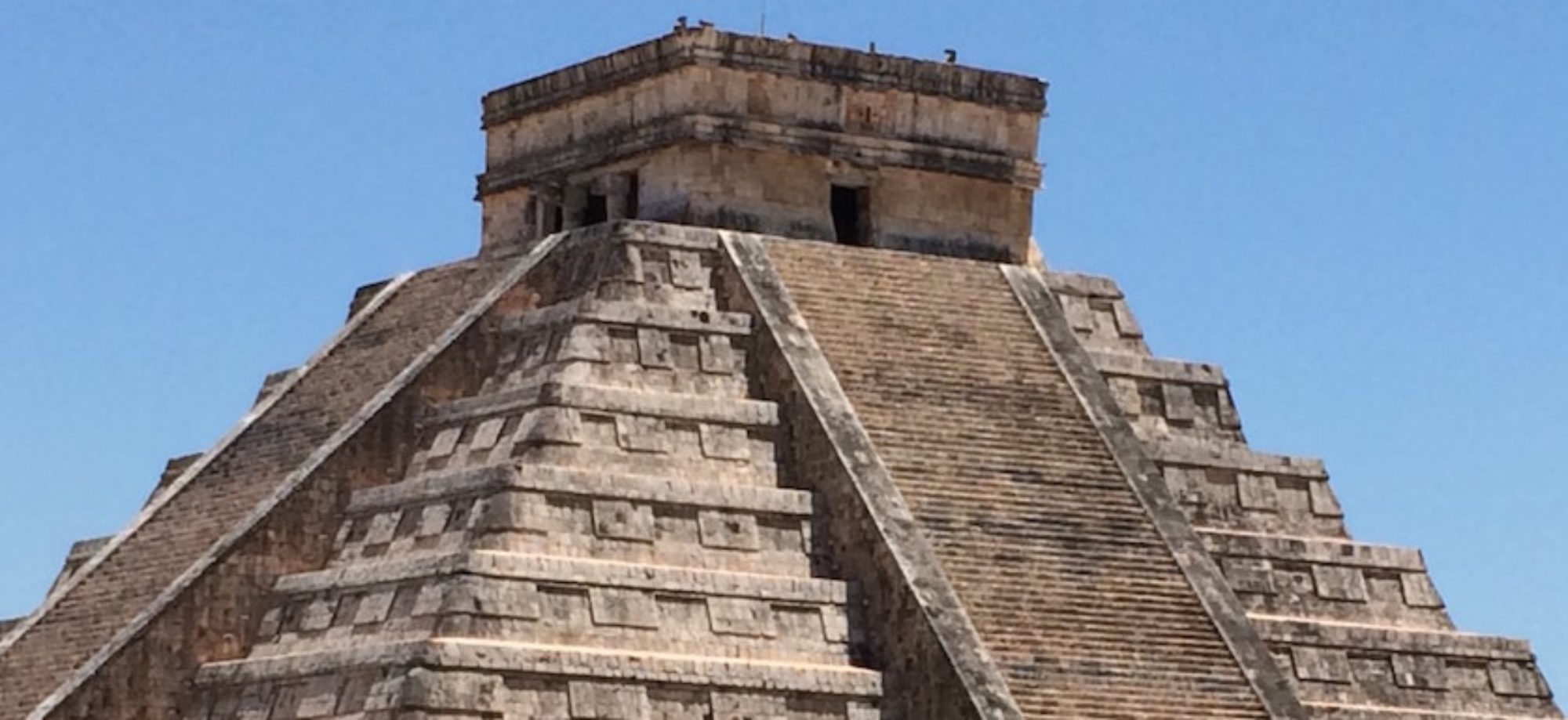November 13, 2021 Dr. Gordon Whittaker: “The challenge of Aztec writing: Navigating the interplay between sign and symbol” He also gave a morning workshop on Aztec hieroglyphs.
Aztec writing (and the Nahuatl system in general) has been sadly neglected and misunderstood over the centuries since its decline in the late 16th century. Its disappearance as an active mode of communication came at a time that Nahua scribes were increasingly embracing the Spanish alphabet. A first detailed study of the indigenous hieroglyphic system had to wait until the mid-19th century. Although individual scholars have occasionally devoted their energies over the past two centuries to deciphering specific glyphs in the system, little attention has been paid, on the one hand, to the underlying nature and principles of the system and, on the other, to the broader context of its standing in comparison and in contrast with other writing systems in Mesoamerica and around the world. Indeed, recent handbooks of writing have been notable for their silence on the matter, and the few lines that have occasionally been devoted to the script have failed to provide anything resembling an accurate description of its workings. The presentation focused on the parallels and surprises that the Aztec system has in store for those interested in the global phenomenon of writing.
Gordon Whittaker, an Australian Mesoamericanist, is Professor Emeritus of Ethnology and the Anthropology of the Americas at the University of Göttingen in Germany. His teaching and research interests have included the ancient civilizations and writing systems of Mesopotamia, China and Mesoamerica, and the documentation of endangered languages. He has recently reconstructed a speech by Black Hawk in Sauk, an Algonquian language of North America. Whittaker is the author of “Deciphering Aztec Hieroglyphs: A Guide to Nahuatl Writing”.

